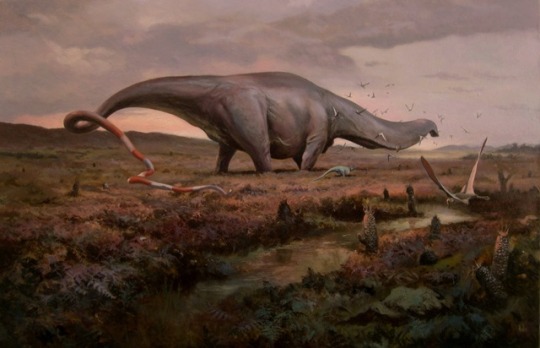Don't wanna be here? Send us removal request.
Photo


A 12 Million Year Old Praying-Mantis Encased in Amber.
17K notes
·
View notes
Photo

A 54 Million Year Old Gecko Encased In Amber.
50K notes
·
View notes
Photo

Parahupehsuchus longus, a hupehsuchian marine reptile from the Early Triassic of China, about 250 million years ago. Known only from an 80cm (31in) long specimen lacking a skull and most of the tail, its full appearance and length is unknown – but it was probably similar to its close relative Hupehsuchus.
Hupehsuchians had long toothless snouts, armored backs, and flipper-like limbs that sometimes had six or seven digits each. Although they somewhat resemble early ichthyopterygians their evolutionary relationships are still uncertain. We know they’re diapsids, but anything more specific than that is very hard to determine due to their highly specialized anatomy.
Parahupehsuchus was a particularly weird member of the group, possessing an incredibly reinforced ribcage with wide flat ribs and gastralia overlapping to form a very rigid narrow bony tube. This solid body may have acted as a defense against predators, like a sort of internal carapace, but it also would have made conventional breathing rather difficult. The lack of free rib movement would have required Parahupehsuchus to have also evolved a whole new mechanism for breathing using special internal muscles, much like modern turtles.
64 notes
·
View notes
Photo

Happy Fossil Friday! 🦴 Have you ever seen the pair of recently hatched Protoceratops andrewsi in the Museum’s Hall of Ornithischian Dinosaurs? The name Protoceratops, which means “first horned face,” was inspired by this species’ rudimentary nose horn. Like all ceratopsians—or “horned-face” dinosaurs, a group that includes Triceratops and Psittacosaurus—Protoceratops was an herbivore. At full size it could weigh as much as 500 pounds (227 kilograms)! Photo: D. Finnin/© AMNH (at American Museum of Natural History) https://www.instagram.com/p/CH02ztZgKU7/?igshid=1f2qqxvwgne0t
237 notes
·
View notes
Photo

The skeleton of a Herrerasaurus on display at the Field Museum of Natural History.
178 notes
·
View notes
Photo

Tyrannosaurus rex from Heureka’s The Giant Dinosaurs exhibit
150 notes
·
View notes
Text



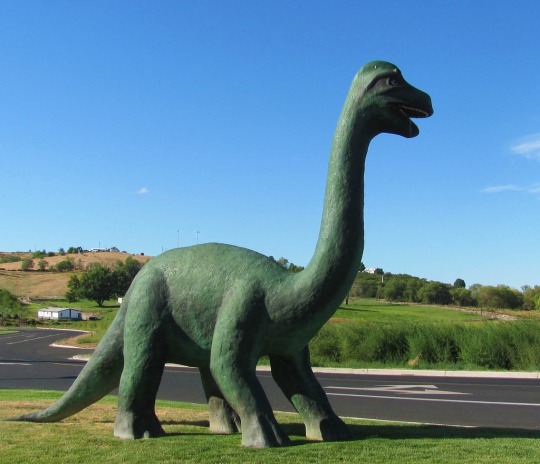



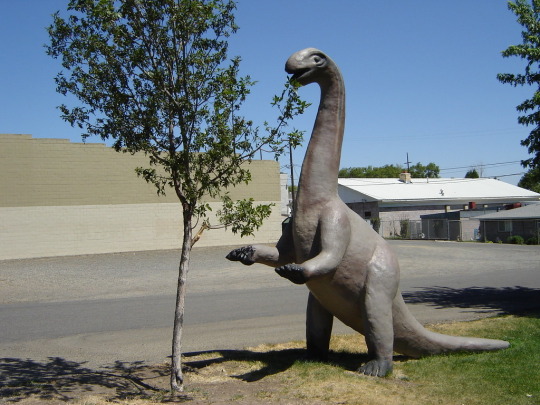


Roadside dinosaurs of the USA.
4K notes
·
View notes
Photo
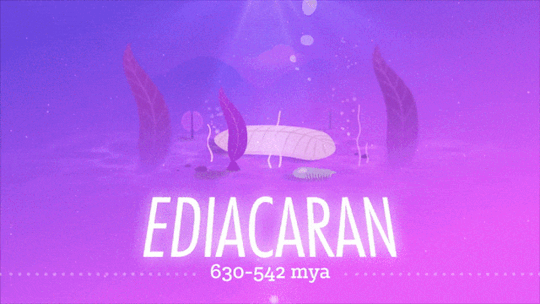
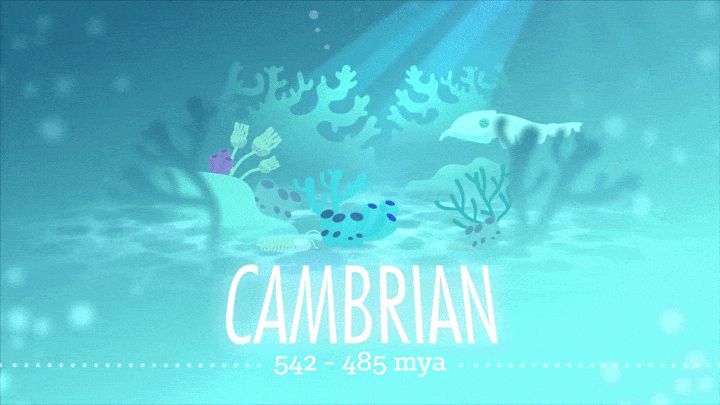
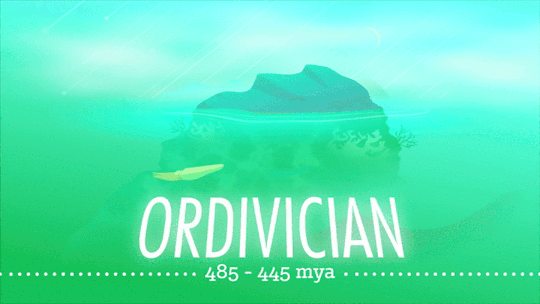



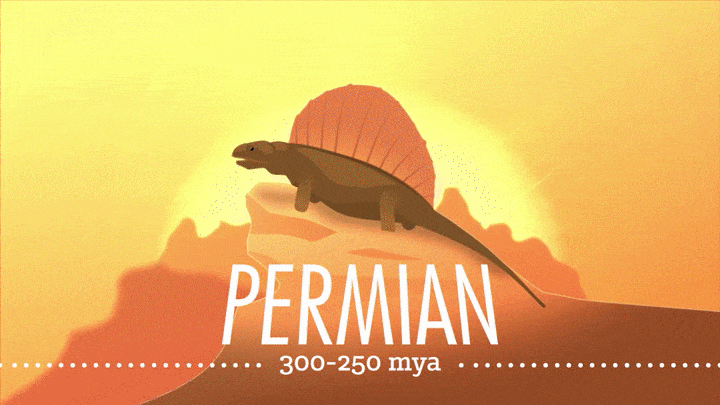

🐢 Remembering the slow yet captivating crawl of evolution. ~ @thecrashcourse Big History series.
18K notes
·
View notes
Photo


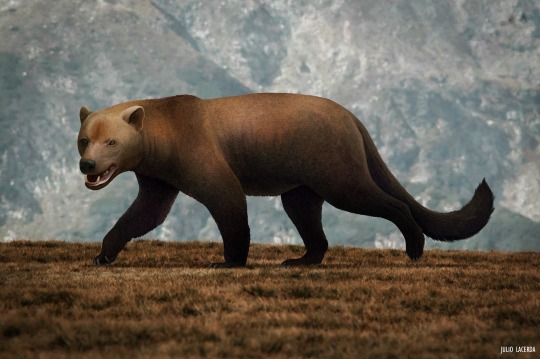
Borocyon, Amphicyon, ischyrocyon.
Beardogs weren’t bears nor dogs, but relatives of both that were found across most of the world for nearly 40 million years. While some were lithe and agile like dogs, others amped up their bearness by being massive and stocky.
Patreon • Ko-fi • Facebook • Twitter • Prints & Merch
2K notes
·
View notes
Photo



Saber-tooth tigers: New photos of unearthed skulls match science with surprise
The saber-tooth tiger Smilodon populator already had a rep as the largest of all the saber-tooth tigers. But according to the latest archaeological findings from Uruguay, we have been underestimating it nonetheless.
In a study published this month in the journal Alcheringa, researchers detail how a gigantic Smilodon skull, found among sediments of the Dolores Formation in the west and south of Uruguay, completely changes paleontologists’ understanding of this ferocious feline.
“Average Smilodon populator skulls are around 35 cm long, with the length measured from premaxillary to condyle,” Aldo Manzuetti, a graduate student at Uruguay’s University of the Republic and an author on the study, tells Inverse.
“This material is almost 38 cm in the same measurement, almost 40 cm in total skull length.”
Based on measurements of the long bones in the new skull, Manzuetti and his team were able to estimate just how big the cat truly was: Up to 436 kg. That is the weight of a grand piano.
“If humans were around at the same time as these giant cats, as they were elsewhere, then good luck to them,” Mirjana Roksandic, a prehistoric anthropologist from the University of Winnipeg tells Inverse…
Read more: https://www.inverse.com/science/images-saber-tooth-tiger-skulls-reveal-their-truly-terrifying-size
Photos: FunkMonk, Aledgn, Charles R. Knight (1903)
27 notes
·
View notes
Photo


Inostrancevia
Inostrancevia is an extinct genus of carnivorous therapsids (”mammal-like-reptile), containing the largest members of the family Gorgonopsidae, predators characterized by long, saber-tooth-like canines.
The various species inhabited northern Russia during the Upper Tatarian (Vyatskian), a Russian regional stage equivalent to the Wuchiapingian stage of the Late Permian period, dating from approximately 265 to 252.3 million years ago. It is known from several skulls and two almost-complete skeletons.
The species in Inostrancevia were the largest gorgonopsids known; known individuals have total body lengths reaching up to 3.5 m (11.5 ft) and long, narrow skulls up to 60 cm (24 in) long. This animal had an average mass of 300 kg (661.3 lbs).
Like several other gorgonopsids, Inostrancevia was characterized by strongly developed canine teeth, with those of the upper jaw up to 15 cm (5.9 in) long, the root corresponding to half its length. Their bodies were slender, with rather short legs. Inostrancevia shared its habitat with Scutosaurus which it likely preyed upon…
Read more: https://en.wikipedia.org/wiki/Inostrancevia
99 notes
·
View notes
Photo



Apatosaurus and Baby
At only 11-feet long, the baby Apatosaurus is completely dwarfed by the 92-foot long adult.
380 notes
·
View notes
Photo

Stegosaurus, the Natural History Museum, London.
456 notes
·
View notes
Photo
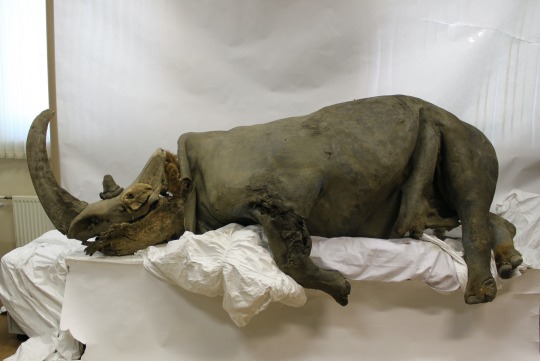
The Kolyma (Russia) Woolly rhino (Coelodonta antiquitatis), the only complete permafrost preserved adult woolly rhino known. It lived around 39,000 years ago. © Vladimir Filipov 2012
27K notes
·
View notes
Photo

Seymouria This little critter is a fossilized remnant of an organism from a genus known as Seymouria. They lived in the early Permian, just under 300 million years ago, and were widespread across North America and Europe at the time Pangaea was being assembled. Adult versions of these were about 5 centimeters long.
Keep reading
231 notes
·
View notes
